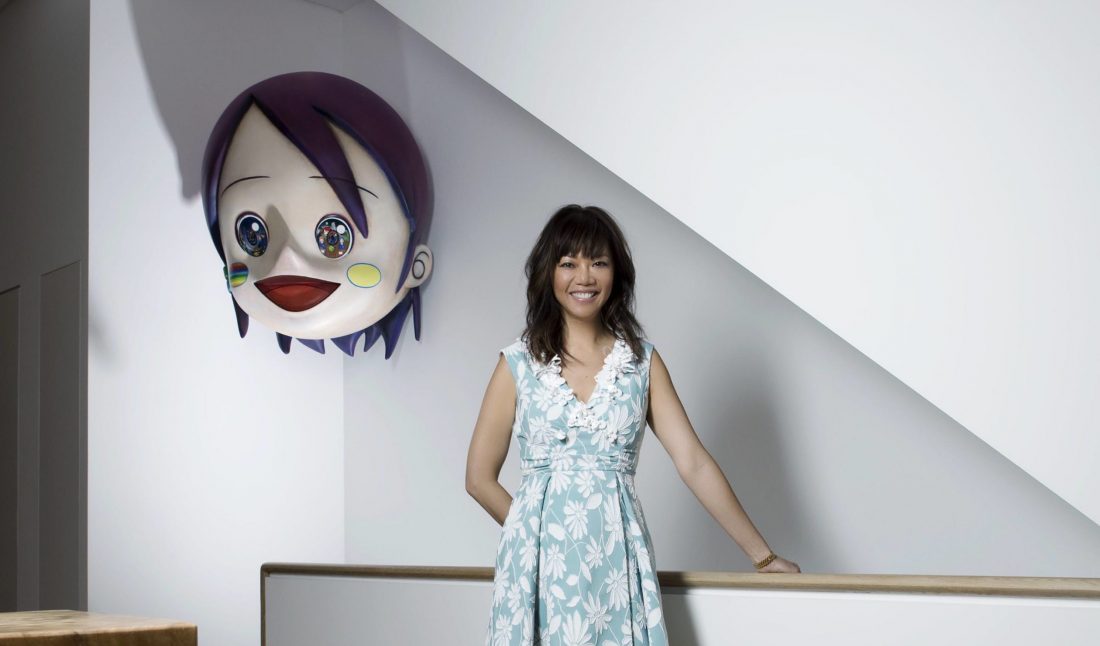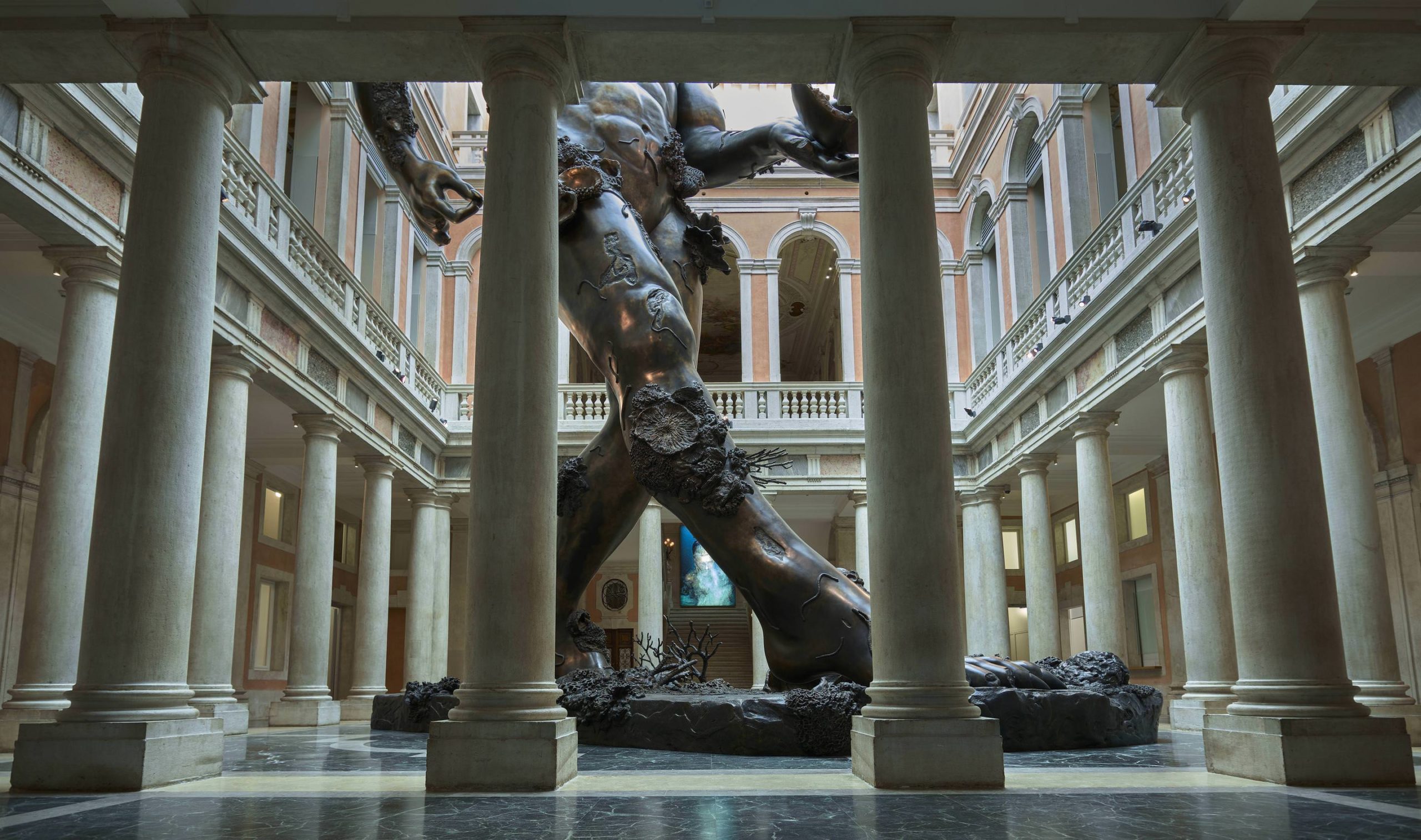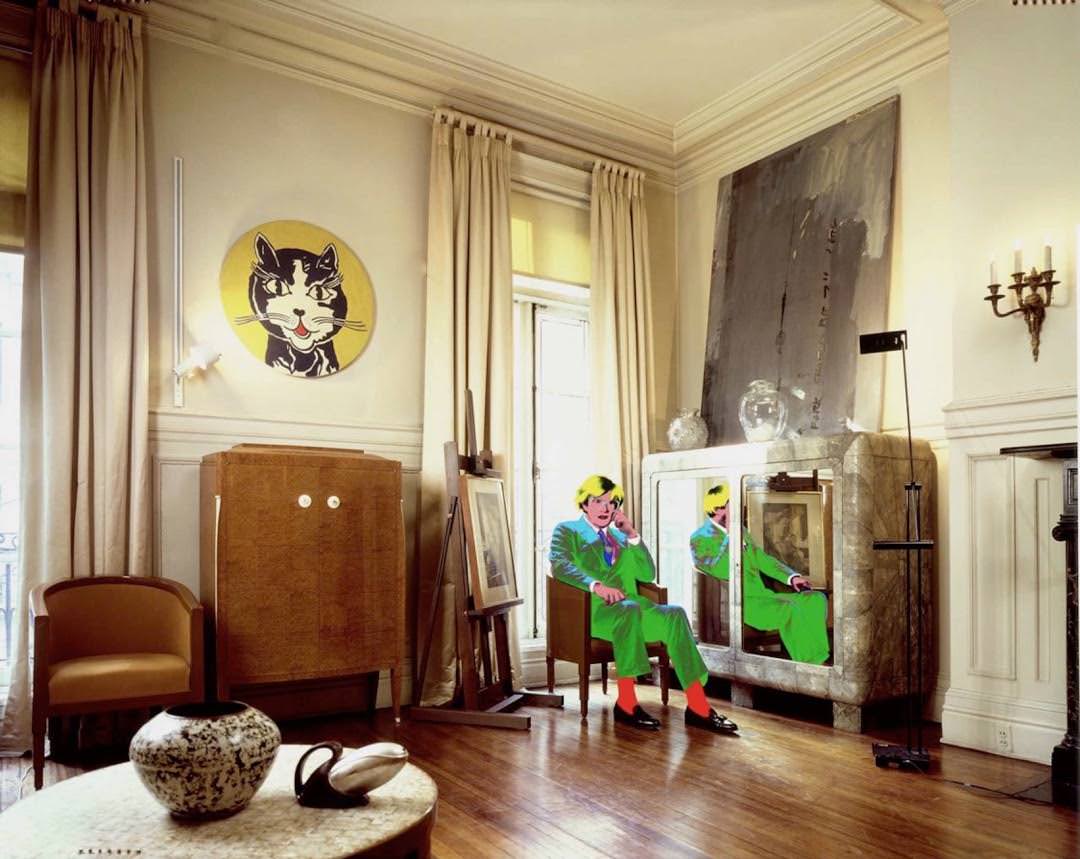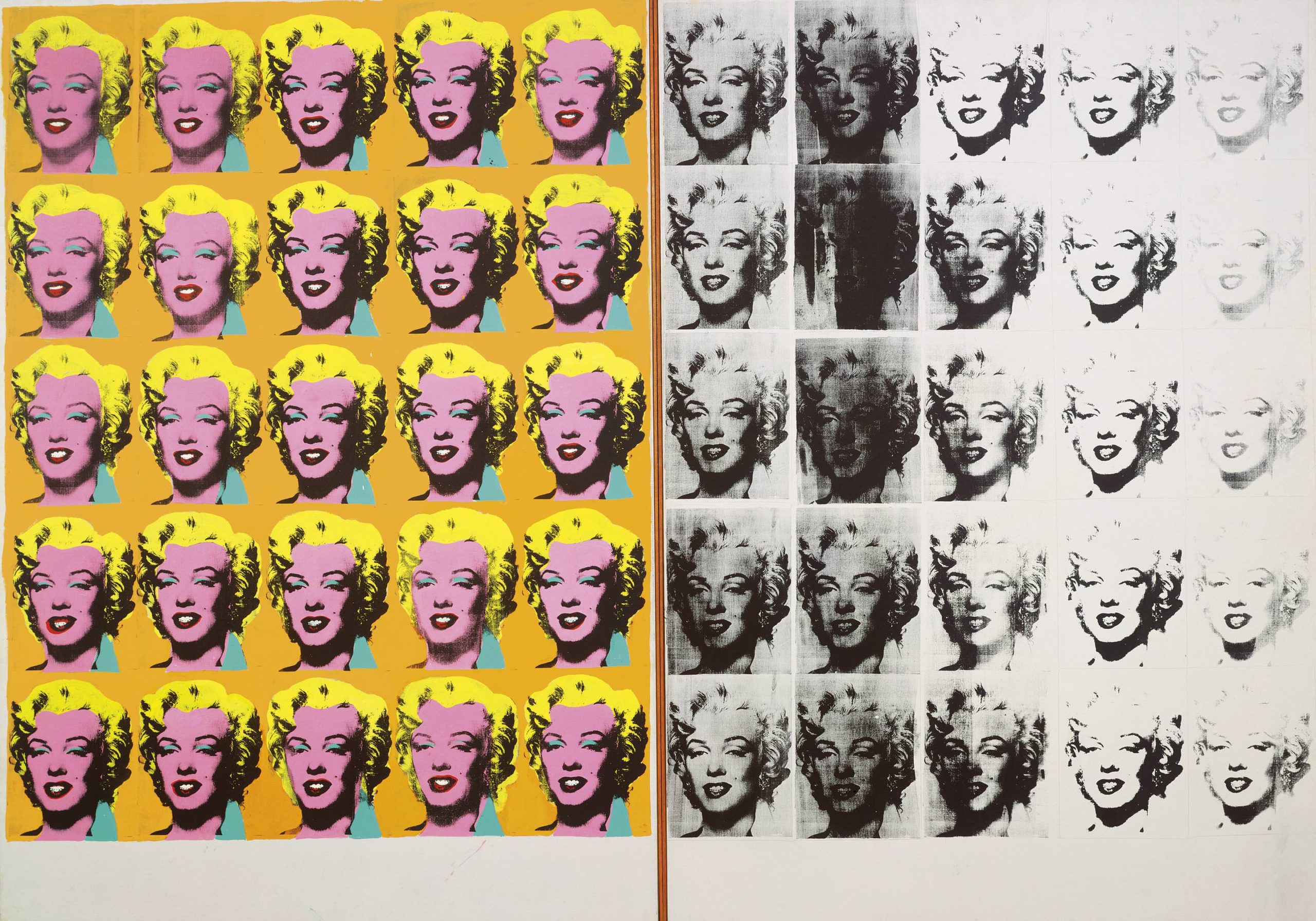Bee Tham opened her gallery The Bee in the Lion last spring in New York. The space in Gramercy Park is open by appointment only, which makes for an intimate visit bound to please clients. Born in Singapore, she has a fascinating background—she went into private dealing after a move to New York, preceded by diplomatic training with the Foreign Service.
The Bee in the Lion isn’t Tham’s first commercial art venture. From 2013 to 2015 she ran Lynch Tham on the Lower East Side with her then-partner, Florence Lynch. But she eventually fell out of love with the trendiness of the primary market. Eventually, she was ready to get back into it, but this time on her own terms. Tham represents the artists she’s most passionate about, and knows how to get clients and collectors to see their work for what it truly is.
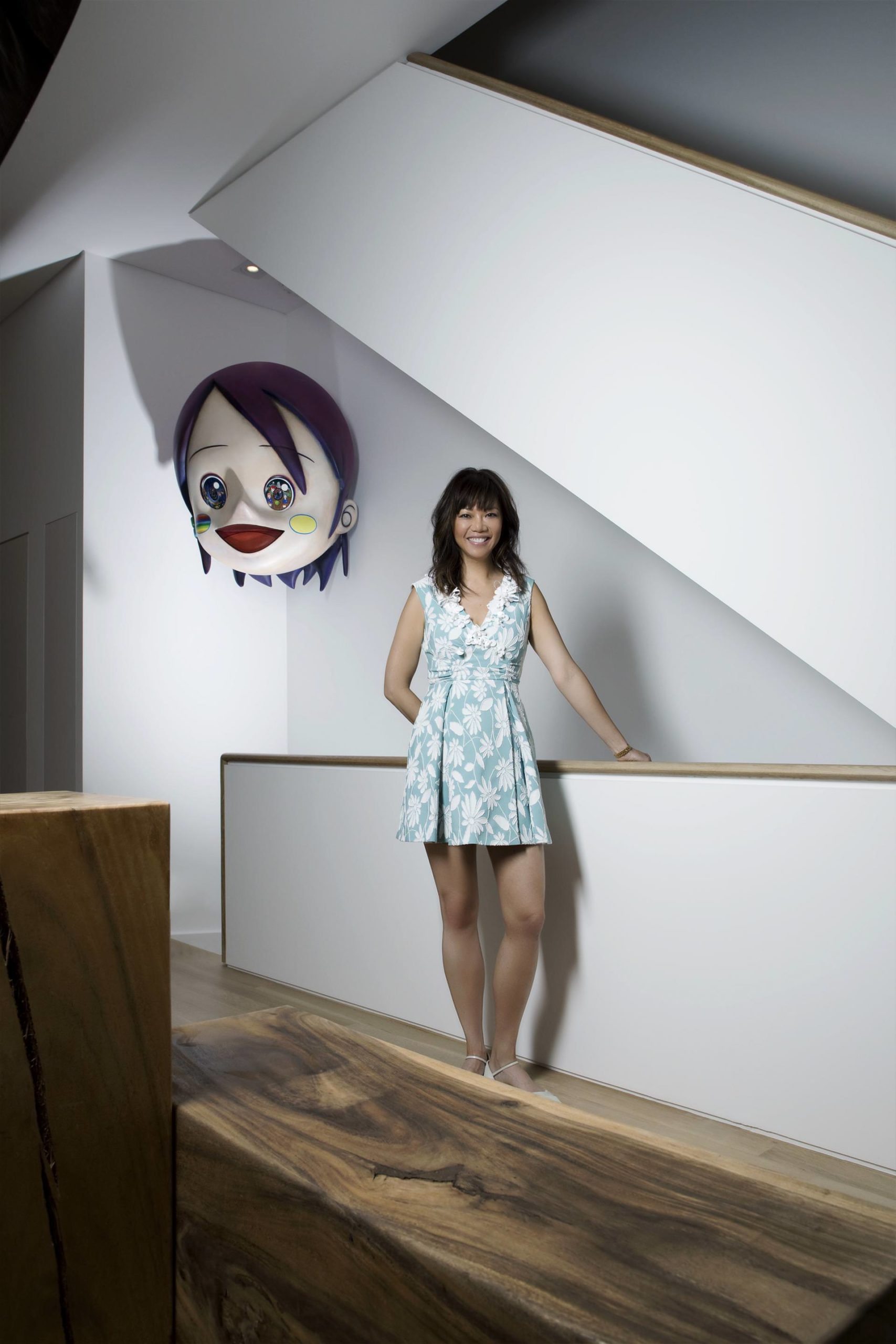 Photo by Steve Benisty.
Photo by Steve Benisty.
This summer we met with Tham at her townhouse on the Upper East Side, where her collection is impressively displayed throughout the ground floor and upper levels. In the corner above the stairs is a large sculpture by Mr., which we learned sets the tone for her day. She also has works by Andy Warhol, Frank Stella, Marc Chagall, Damien Hirst, Chen Yifei, Zhou Chunya, and one of the artist she represents, Arslan. This fall, she’ll be showing the work of Carly Silverman at her gallery.
Whitewall spoke with Tham about finding the perfect fit in the contemporary art world.
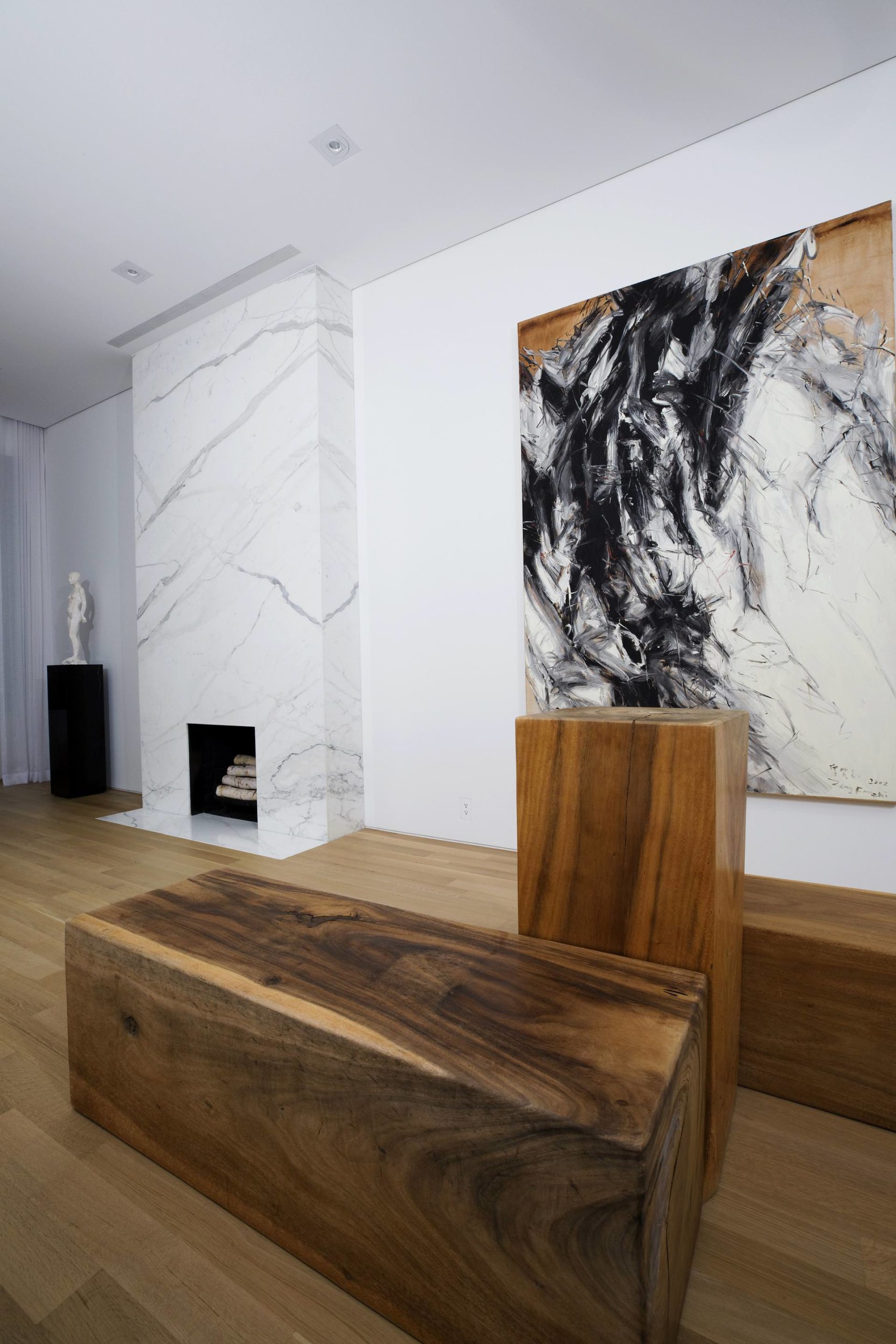 Photo by Steve Benisty.
Photo by Steve Benisty.
WHITEWALL: Was art something you grew up around?
BEE THAM: When I was really young and started to learn how to read, my mom gave me a weekly allowance to go to the bookstore and grab any book that I wanted. I found myself gravitating to the art books. One of my first art books was about Paul Klee. I don’t think she expected me to be buying art books, but she let me [laughs].
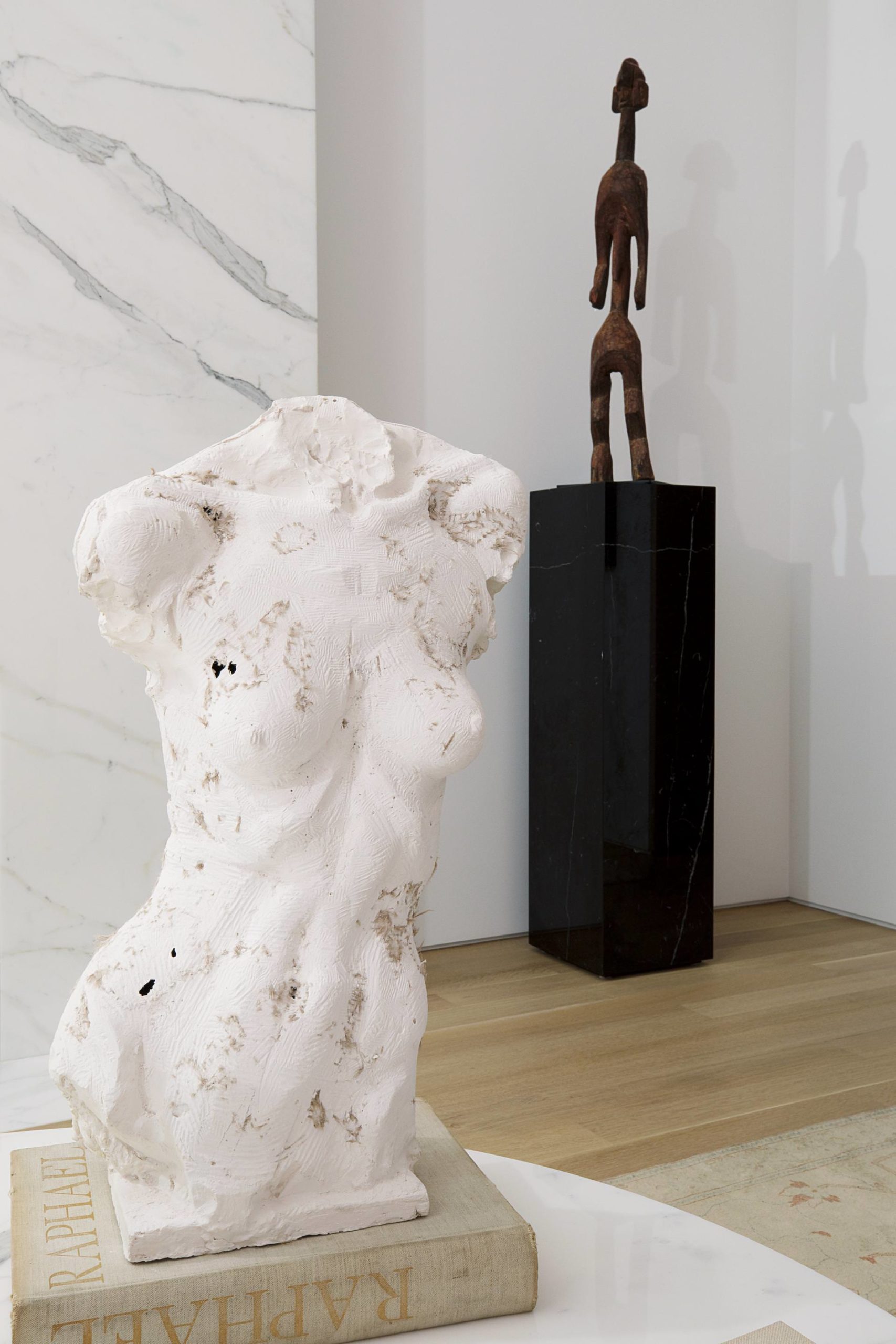 Photo by Steve Benisty.
Photo by Steve Benisty.
When I moved to New York about ten years ago, we were living in Chelsea and I would gravitate to the galleries. I was hanging out in galleries every day. Because I was there all the time, I made some friends who became clients saying, “Could you buy this and that for me?” That’s how I got into the art world.
WW: You mentioned there was a big deal that you did first?
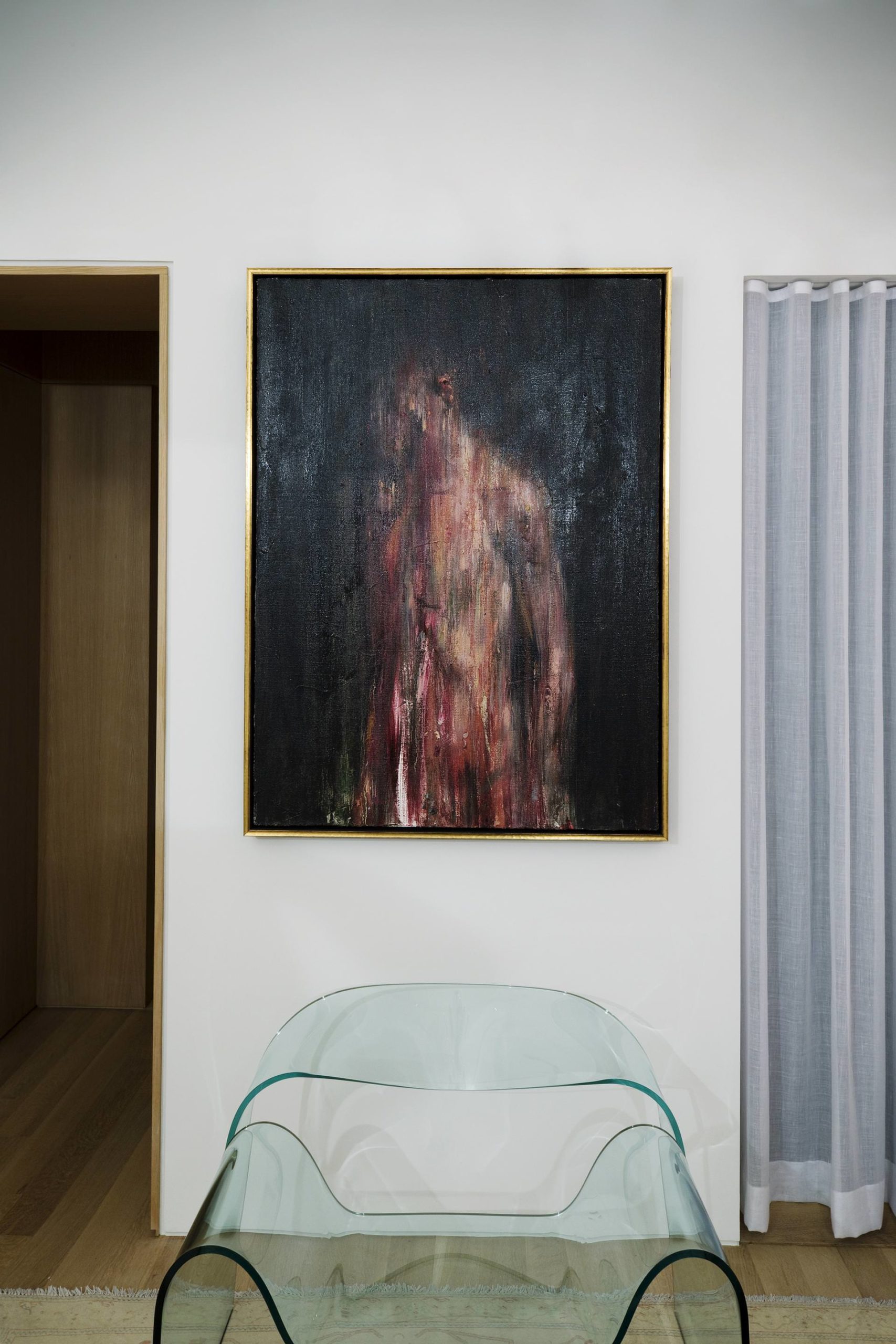 Photo by Steve Benisty.
Photo by Steve Benisty.
BT: Yes. It was a crazy deal, but that was my first deal. It was an Andy Warhol “Dollar Sign” painting. He did only 12 of them in his entire life, and I think this one was about six feet tall and four feet wide. I got really excited, obviously.
I didn’t know anything about running a gallery, but I started running a gallery with Florence Lynch, my previous partner in our gallery, Lynch Tham. It was fun for the first year. But later I felt like I was doing a program to pander to the market and to pander to the media. I wasn’t supporting as many artists as I wanted to.
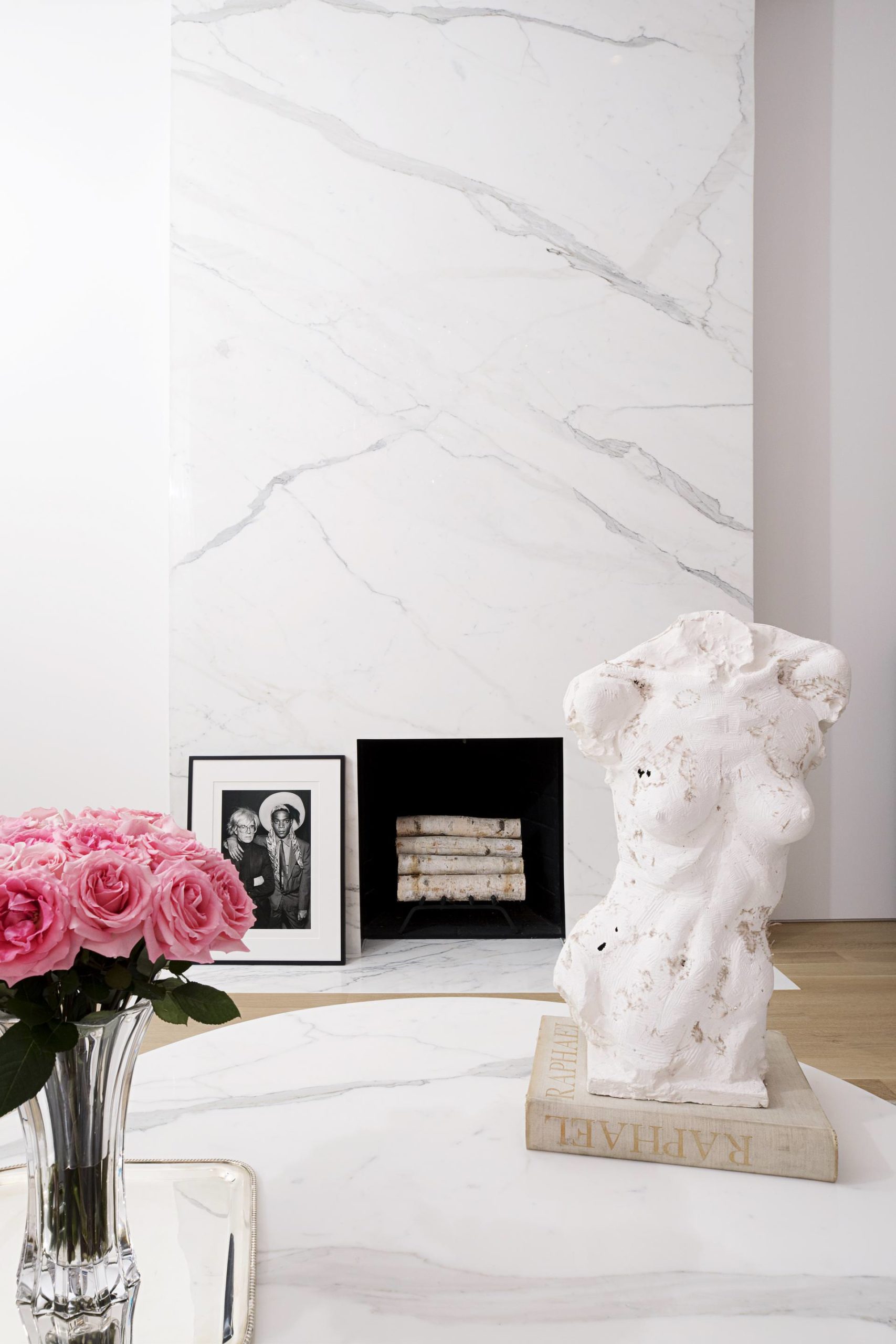 Photo by Steve Benisty.
Photo by Steve Benisty.
I would go to fairs and I felt like I was stuck in my booth. I couldn’t really walk around because I had to sell. So that really took out the love and passion for art. It was not fun. So I decide to get out of the primary market business. I went back to private dealing. I was really happy.
WW: Was there a moment when collecting became more serious for you?
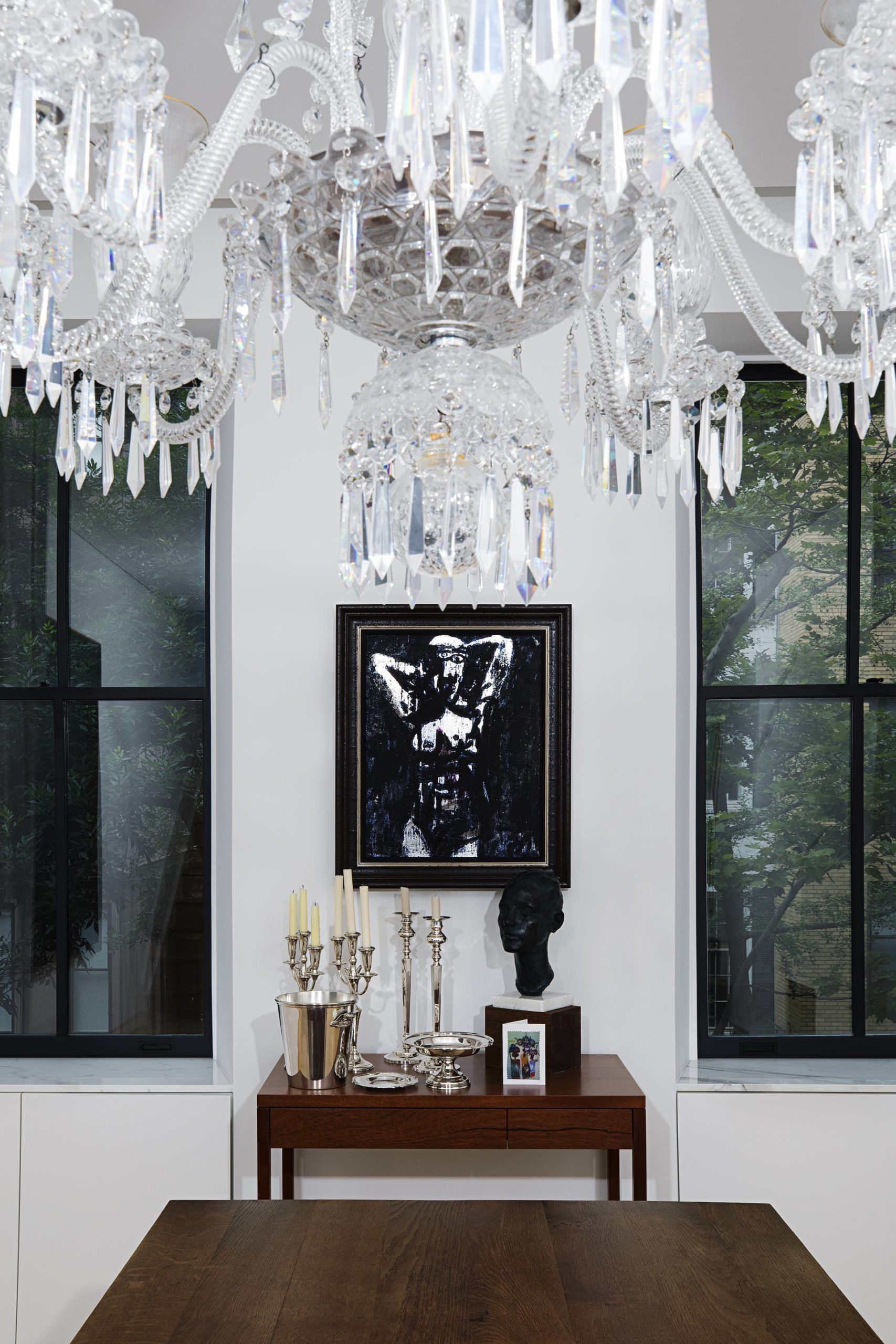 Photo by Steve Benisty.
Photo by Steve Benisty.
BT: In the beginning, before I got into the gallery business, it was very random, very eclectic. I bought what I liked. I always buy what I like. I never buy what I think would be more expensive five years from now. I was living with it in my home, so that was important. I need to wake up to stuff that I like.
Then when I got into the gallery business, I became more diversified in my tastes. I started collecting photographs, video art, but still I couldn’t get over this abstract art thing. So we still have a lot of abstract art. My passion for the figurative world really began when I started sculpting.
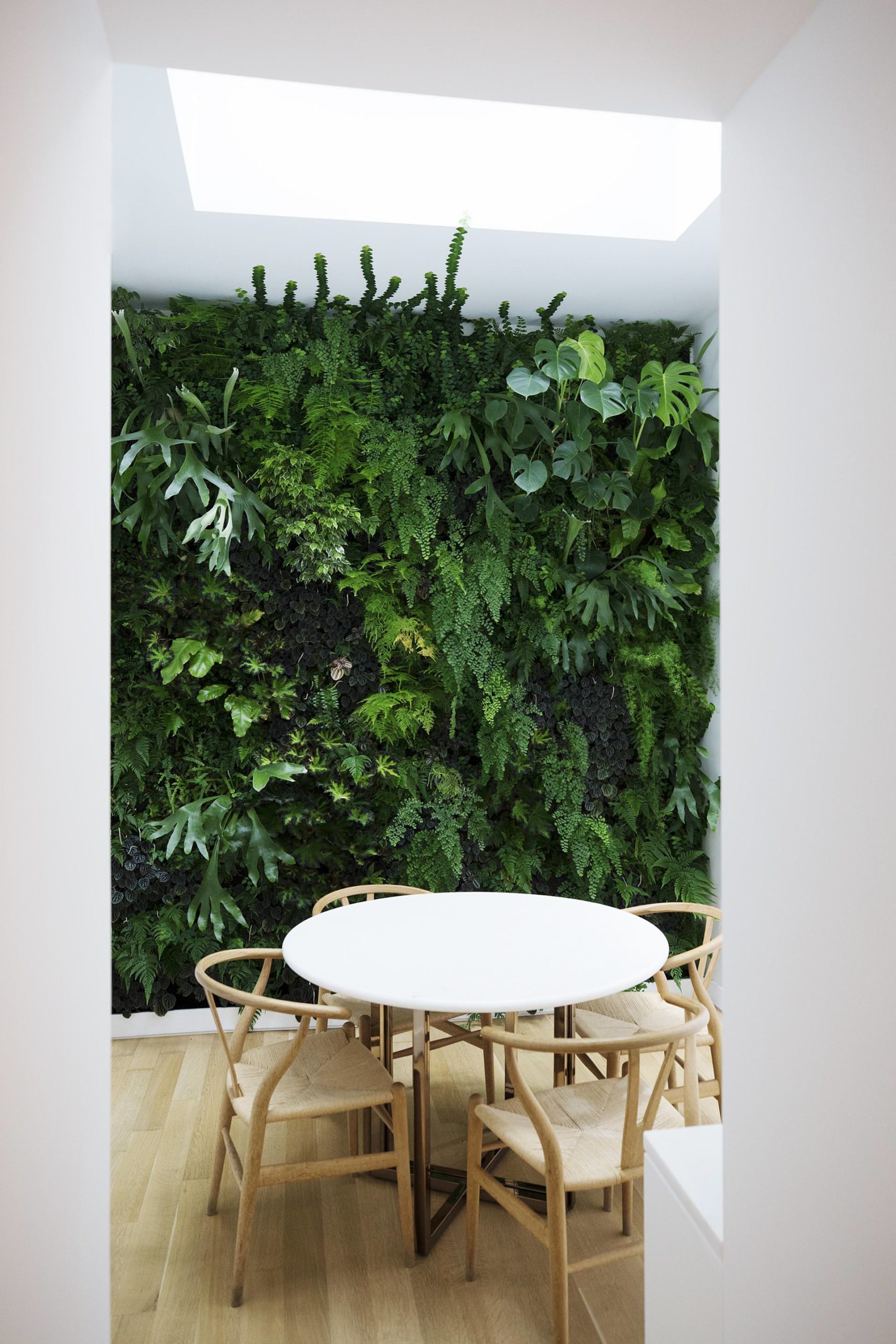 Photo by Steve Benisty.
Photo by Steve Benisty.
So right now, if you ask me how I collect, it is still based on what I love. But it’s also based on what I find mysterious. Some works, when you look at them, you can’t quite figure out why it appeals to you. A lot of figurative works and painters that I like do that for me. The mystery draws me into the painting, and that’s what I really like.
A lot of my collection now is from artists that I work with and I know, so I want to build a deeper collection in that area. And it might change in five years, which is fine.
WW: When you were redoing the town house on the Upper East Side, how did your collection influence your design plans?
BT: When we briefed the architect, we said there has to be one floor with a higher ceiling that is devoted to artwork. We were very much thinking about how we were going to install the works.
WW: You said you like to wake up and be inspired. Is there a work you see in the morning?
BT: The work that I like to wake up to every day is that sculpture by Mr. This is a happy work. It sets the tone for the day; I want to be happy waking up. But the work that really inspired me is a painting of me and my dog by Arslan. He understood my relationship with the dog. You could tell the emotional connection between us.
WW: What made you want to open up your current gallery, The Bee in the Lion Gallery?
BT: I really want to support contemporary art. I love the art world. I want to remain in it, being a private dealer, because I’ve had the luxury of traveling all around the world to look at art fairs, museums, and all that, and I found that something is really lacking.
I find that art today is very one-dimensional. Because people are now buying art as investments, artists don’t have the courage to do the work that they really wanted to do. Everything feels determined by the market, because art has become a commodity.
Art should be about diversity. I really want to support artists who have the courage to do what they want to do, and that’s why I opened this gallery. I’m not supporting artists that are trendy; I’m not supporting artists that are enjoying the moment. I want to support artists who want to do what they want to do, and to bring the clients who appreciate the kind of work that they do.
To me, it’s even like a religion. You believe in the artist and you’re able to convince others to see the beauty of the work. That’s what I really enjoy.
WW: You’ve talked about being a dealer and being a gallerist. How did you start collecting for yourself?
BT: As a collector, I started buying things that appealed to me visually. I started collecting when I was probably in my early 20s. It was what I connected with at the time. For me, it was a lot about colors and abstract work.
WW: Do you remember some of the earlier artists you were interested in?
BT: I was in Barcelona and went to a gallery and I saw work by Xaro Castillo, a Spanish artist, completely abstract. So I bought two paintings.
WW: Do you still have them?
BT: I do. I never sell any work because I’m like a bag lady [laughs]. I never sell any work. Even if I fall out of love with it, it still sits in storage. But it’s something because it reminds me of the time when I bought it. So even though I don’t feel the same about Castillo’s work anymore, it reminds of when I bought it and how I enjoyed it for many years.






